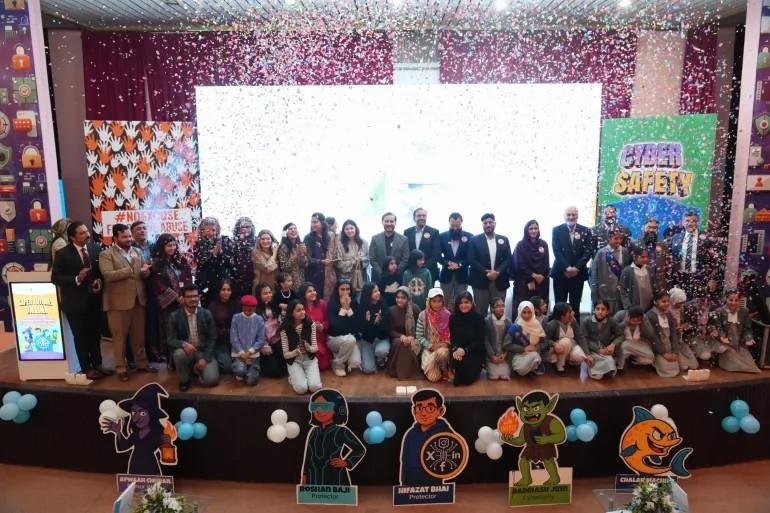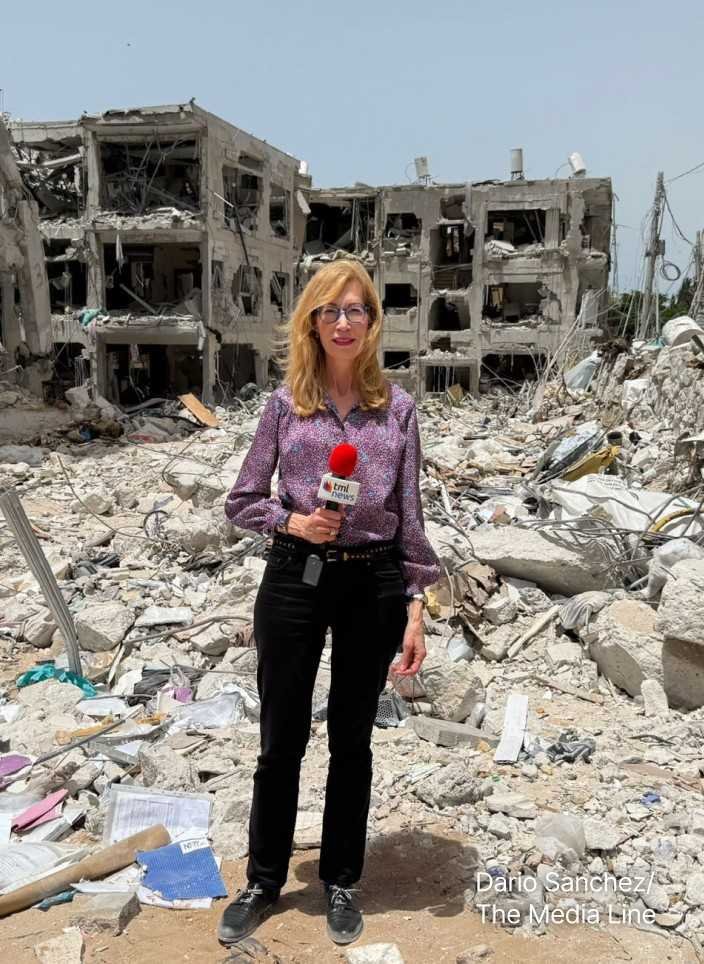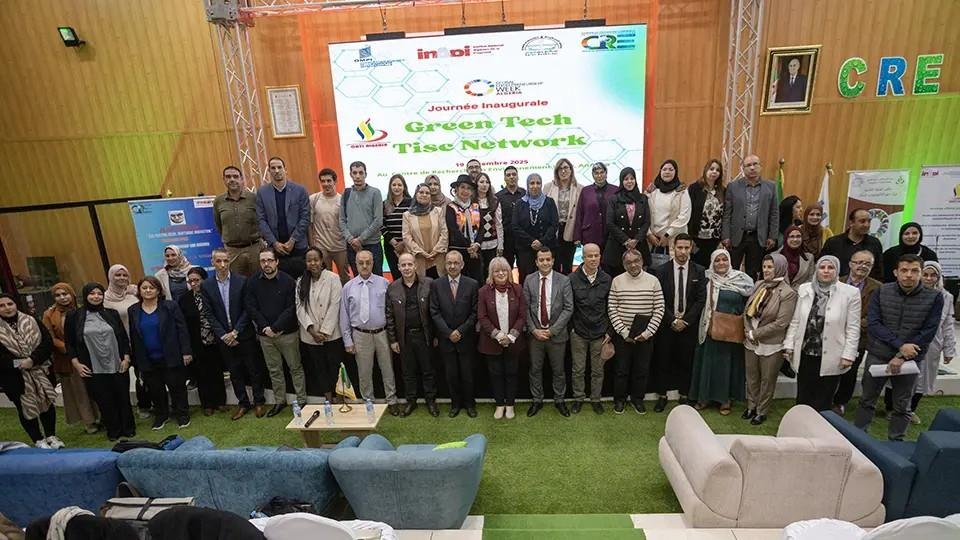N’Djamena, Chad — November 11, 2025: The International Telecommunication Union (ITU), GSMA, and the UN Refugee Agency (UNHCR) have announced plans to expand affordable digital connectivity for refugees and host communities in Chad and other African nations, aiming to connect 20 million forcibly displaced people by 2030.
During a joint mission to Chad, representatives from the three organizations worked to finalize regulatory and infrastructure frameworks under the Connectivity for Refugees (CfR) initiative — a public-private partnership first launched in 2023 and now active in Ethiopia, Uganda, Mauritania, Egypt, Rwanda, and Chad.
“Our goal is ambitious – connecting 20 million forcibly displaced people and their hosts by 2030,” said Kelly T. Clements, UNHCR Deputy High Commissioner. “We’ve shifted gears and are starting to deliver results that create resilient, inclusive communities. But we need to keep pushing.”
The initiative seeks US$20 million in core funding and US$200 million in direct investment to extend digital infrastructure and remove regulatory barriers that limit refugee access to communication tools and mobile services.
Chad, which currently hosts 1.5 million refugees, is integrating refugee connectivity into its Tchad Connexion 2030 national development plan. Local operators Airtel Chad and Moov have upgraded infrastructure in the country’s east, while Emergency.LU, a Luxembourg-funded satellite partnership, is deploying high-performance connectivity to remote camps. Four new digital learning hubs are being established in Djabal, Farchana, Idrimi, and Oure Cassoni to serve refugees and host communities.
“Connectivity is often the first thing people ask for when crossing a border seeking safety,” said John Giusti, President of the GSMA Mobile for Development Foundation. “This partnership allows us to broker scalable and sustainable solutions that bring hope and opportunity to displaced populations.”
The CfR initiative underscores the growing role of digital access in humanitarian response — turning connectivity into a lifeline for education, livelihoods, and integration in refugee-hosting regions.















